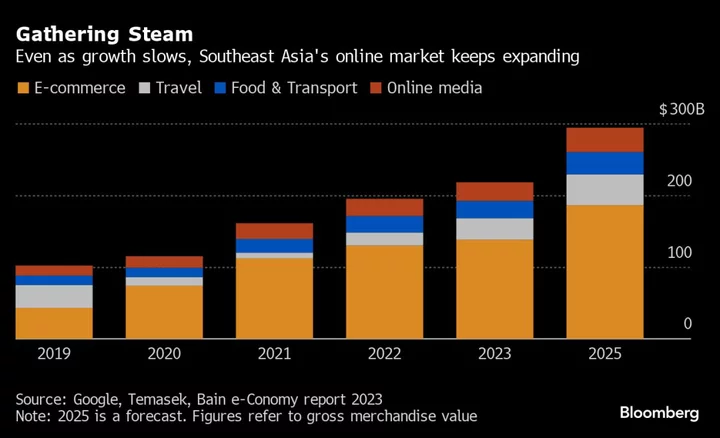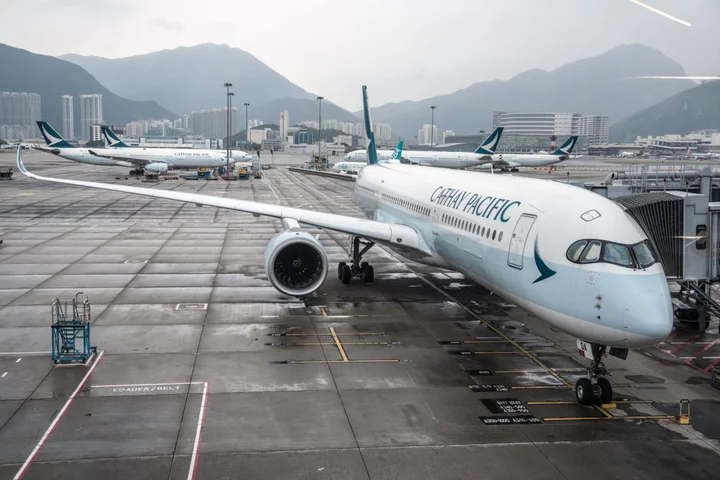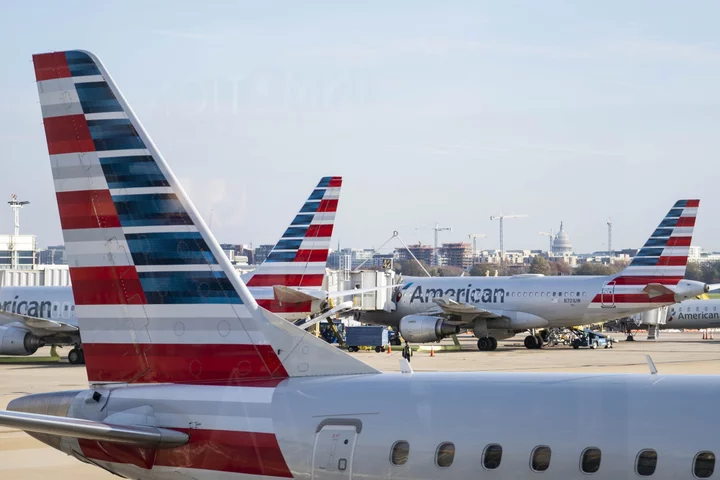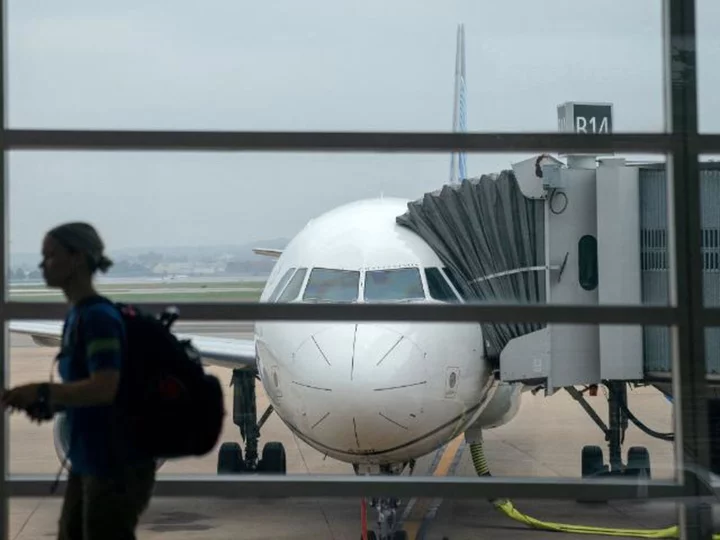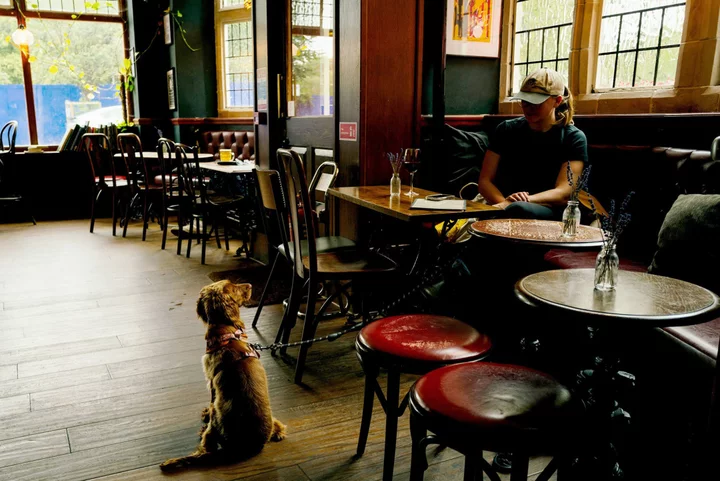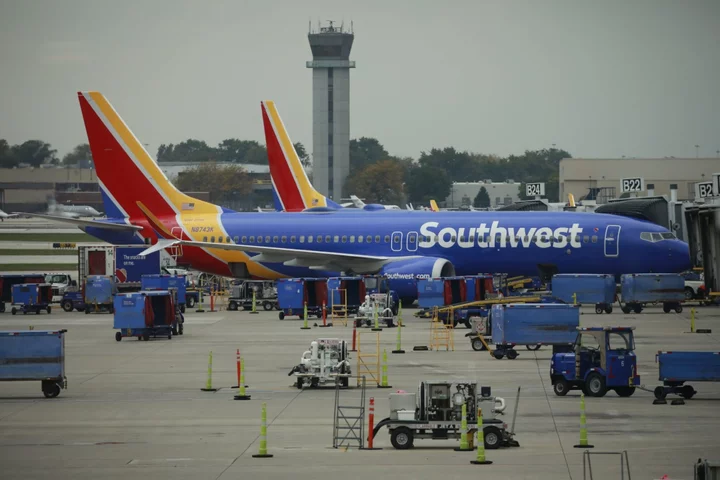Southeast Asia’s internet economy will log its slowest growth on record this year, a group of researchers said, as they slashed near-term e-commerce spending estimates for the region by 13%.
Total online spending will rise about 11% this year to $218 billion in the region, research from Google, Temasek Holdings Pte and Bain & Co. showed, slowing from 20% a year earlier and reaching its lowest rate since at least 2017. The biggest category, e-commerce, is set to reach only $186 billion in 2025, rather than the $211 billion the researchers estimated previously.
Consumers in the region of more than 650 million people are curbing spending to cope with elevated inflation and interest rates. Meanwhile, competition is intensifying. Global giants like Amazon.com Inc. and Alibaba Group Holding Ltd. as well as regional players Grab Holdings Ltd., Sea Ltd. and GoTo Group are vying for a slice of markets from online retailing to food delivery and ride hailing.
The region’s entire internet economy is now on track to reach $295 billion by 2025, according to the report, down from a previous forecast of $330 billion. This is the second time estimates have been revised downward in the companies’ annual study, which covers Singapore, Indonesia, Malaysia, Thailand, Vietnam and the Philippines.
Even as more people in Southeast Asia come online, a bulk of the region’s spending still comes from relatively wealthier consumers in major cities. The top 30% high-value users account for more than 70% of digital economy transaction values, the report said, signaling internet companies are struggling to attract potential customers in more remote regions.
Private funding of companies in Southeast Asia has dropped to its lowest level in six years, slowing sharply from pandemic highs as investors become more choosy and capital becomes more expensive. The number of deals involving tech companies in the region shrank by more than half to 564 in the first half of 2023 from the year-earlier period, according to the report.
Investors in the region, many of whom started funds in the middle of the last decade, are facing mounting pressure to deliver returns in a challenging market for public listings. Funds in Southeast Asia started in the past five to seven years have only returned 4% on average, compared with about 50% for China and 40% for the US, according to the study.

